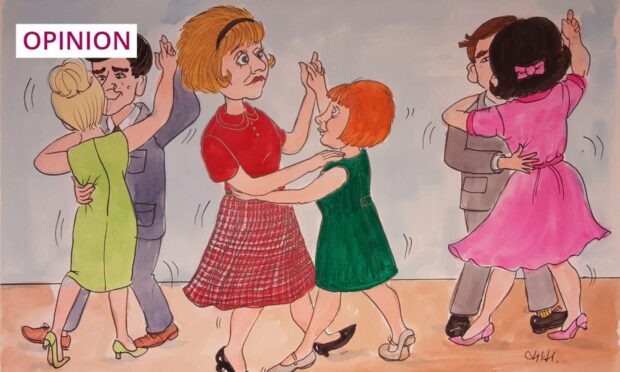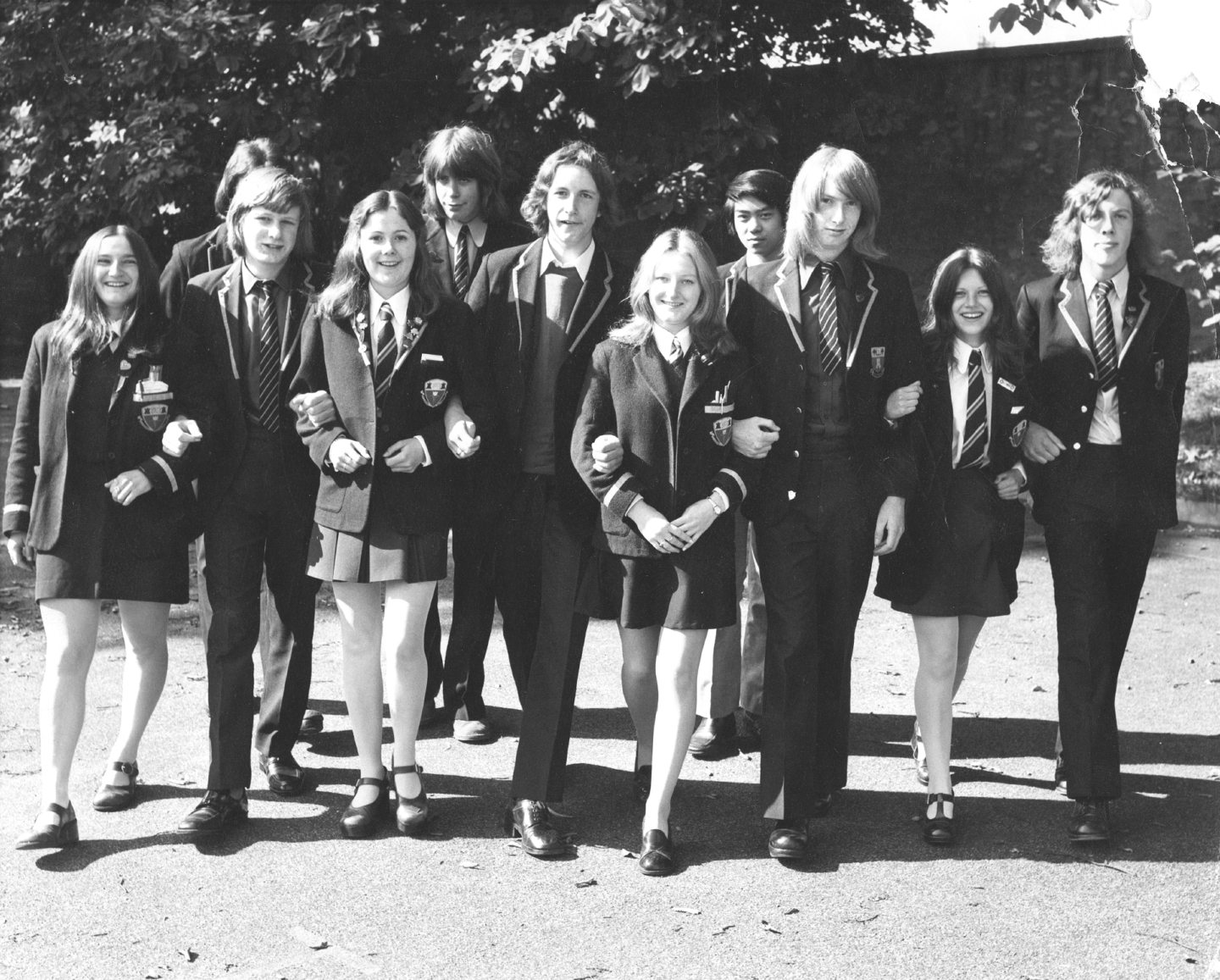Much beatin’ of breesties this week aboot the pros and cons of single-sex schools.
They’re a dying breed – now mostly in the private sector – and at risk of being killed off if Keir Starmer gets to be prime minister and carries oot his resolve to impose VAT on school fees.
Most breathed their last in Aberdeen many moons ago. The girls-only Albyn and the High (now Harlaw) and the boys’ Grammar and Robert Gordon’s have all been breached by the opposite sex, although I still remember being fair tickled to see the first loons wearing my High blazer.
In the late 1950s and 1960s, if you weren’t a posho private-schooler and passed your 11-plus, you had the choice of the single-sex High or Grammar, or co-ed Aberdeen Academy. The only reason I chose the High was because, rumour had it, ye’d tae work harder at the Academy. (How’s that for burning ambition?)
But was that the right decision for an only child whose sole experience of loons was taking her baby cousins for a walk? As a young teenager, I was basically petrified of boys, viewing them as some sort of alien race out to dominate me (how right I was).
Research shows pupils do better in single-sex schools because they’re more confident, less intimidated. That would have been true in spades for me. If I even came face to face with a lad in the street at that age, I’d blush, giggle, and my leggies would ging a’ bandie. And where could I be happier with my burgeoning face of plooks than with other quines sharing the same volcanic eruptions?
But we couldna stay awa’ fae them forever. Come second year and the famous Madam Murray’s dancing classes every Saturday tea time in the Cowdray Hall. Fit an excitement.
How could the loons resist me?
Imagine, as John Lennon would eventually say, this was the beginning of the Swingin’ Sixties, the birth of the Beatles, and we were congregating to learn the steps to the Palais Glide!
All along one side of the room were the girls – I remember particularly a dress I wore with a red velvet top and red tartan flared skirt. How could the loons – lined up on the other side of the room – resist me?
Tragically, when it came to the boys’ choice, resist me they did, in their droves. Particularly horrific when there were more beauties than beaus.
Gentle reader, try to imagine the ignominy of being left sittin’, utterly humiliated, fin a’ the loons had chosen, albeit I was considerably taller than most of the wee nyaffs. So, we leftover maidens had to dance, bust-to-embarrassed-bust, with oor ain kind, merely highlighting to the entire company exactly who had gone “unpicked”.
Thanks-be, I didn’t have to go into school on the Monday morning to face up to my dirty, rotten, spurners.
Just so happens, when a likely lad eventually asked me up for a waltz, then offered to walk me to my bus stop, I was so disgusted when he tried to hold my hand, I refused to dance with him ever again. Spik aboot a single-sex bomb! (And, boy did I regret it when another lassie later told me his folk were loaded and he lived in huge hoosie in Queen’s Road. D’oh.)
Moreen Simpson is a former assistant editor of the Evening Express and The Press and Journal, and started her journalism career in 1970


Conversation